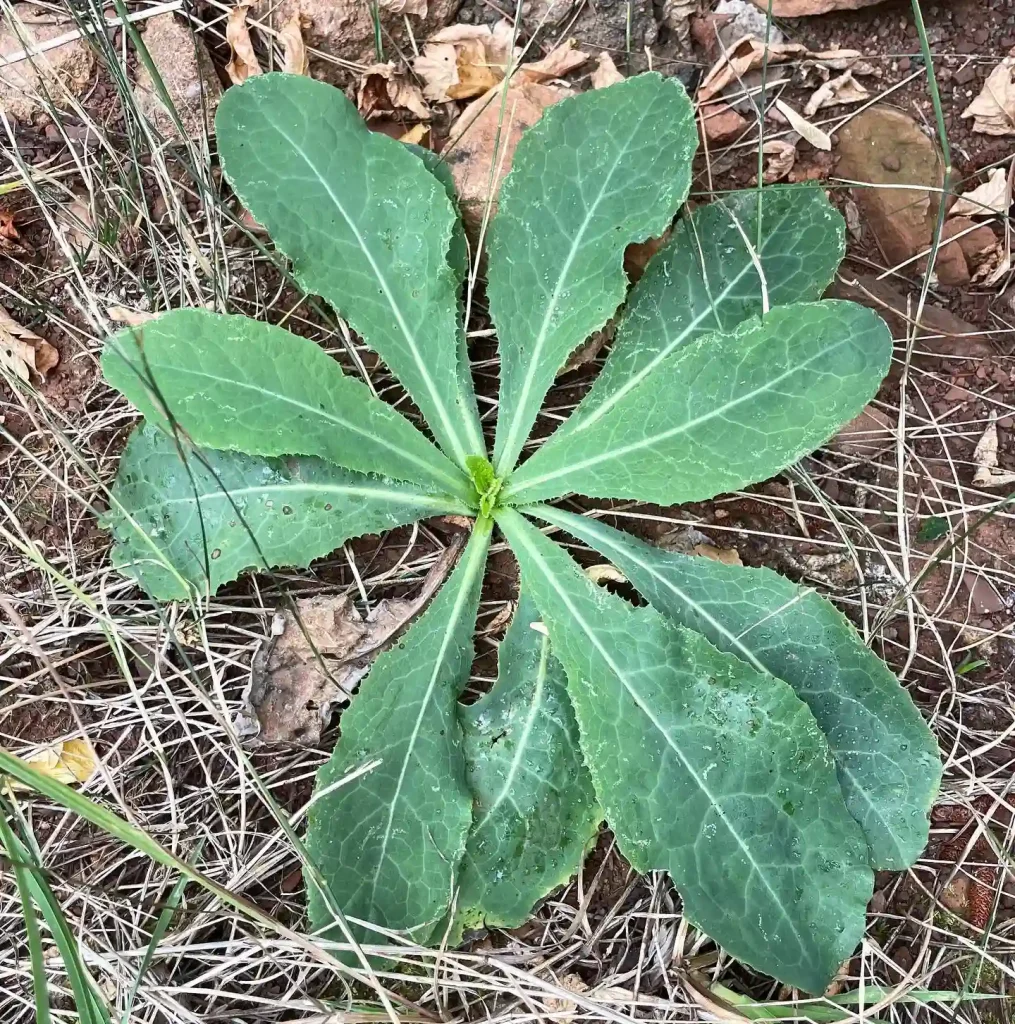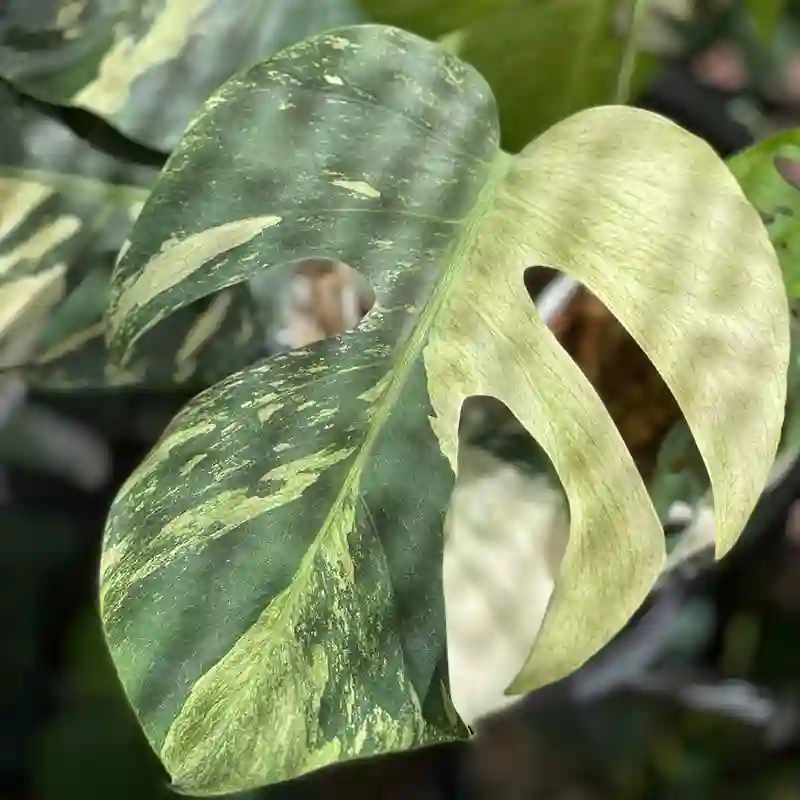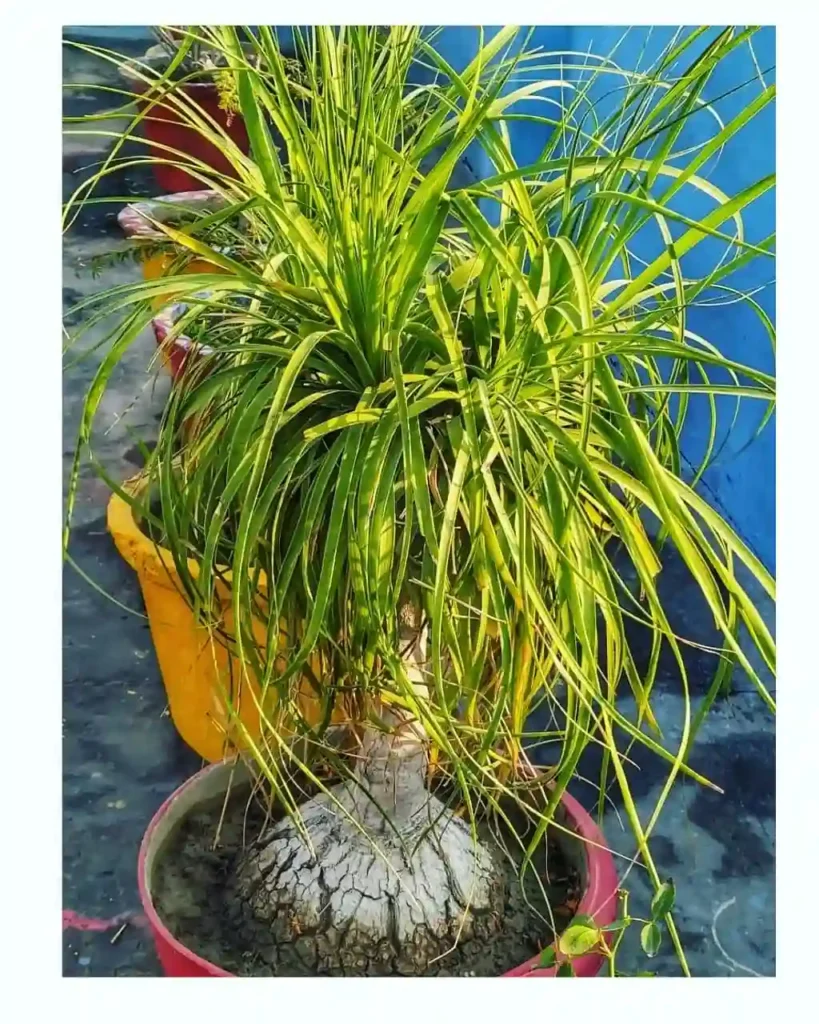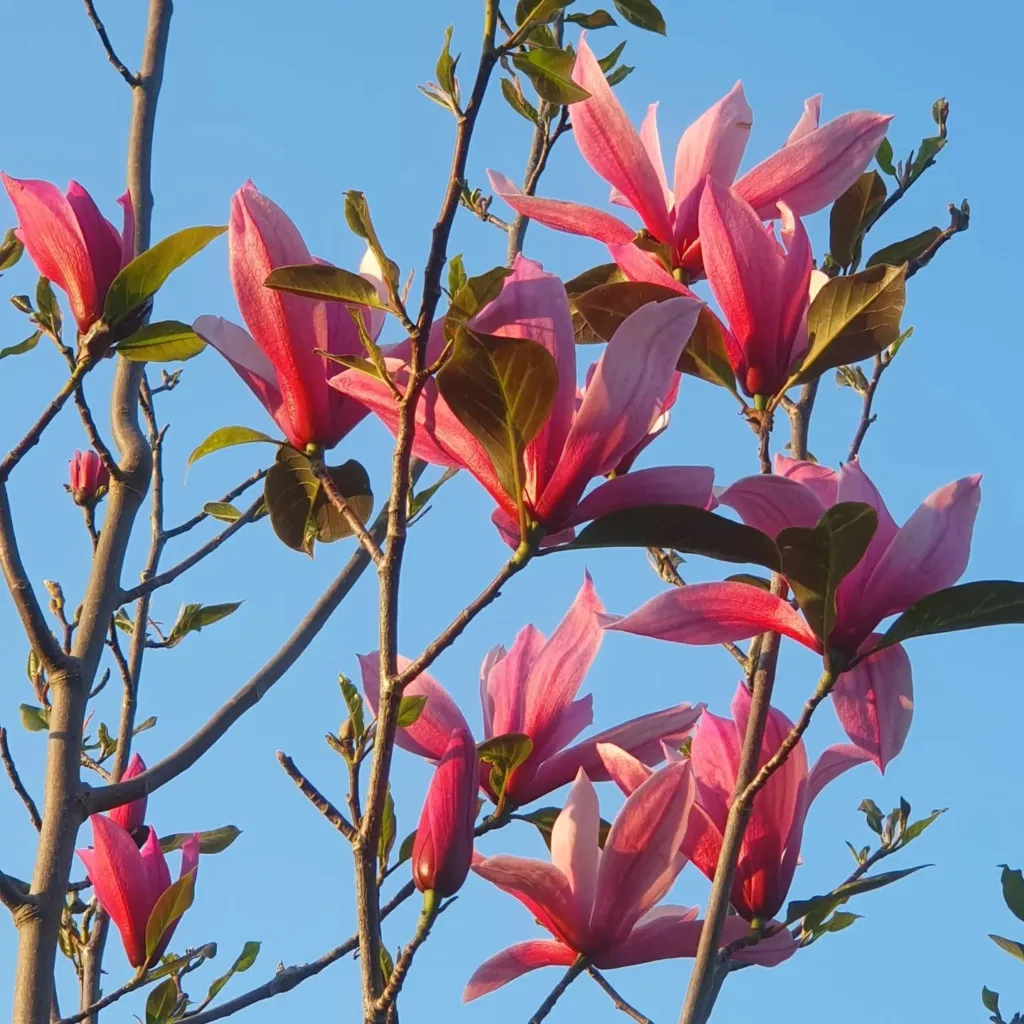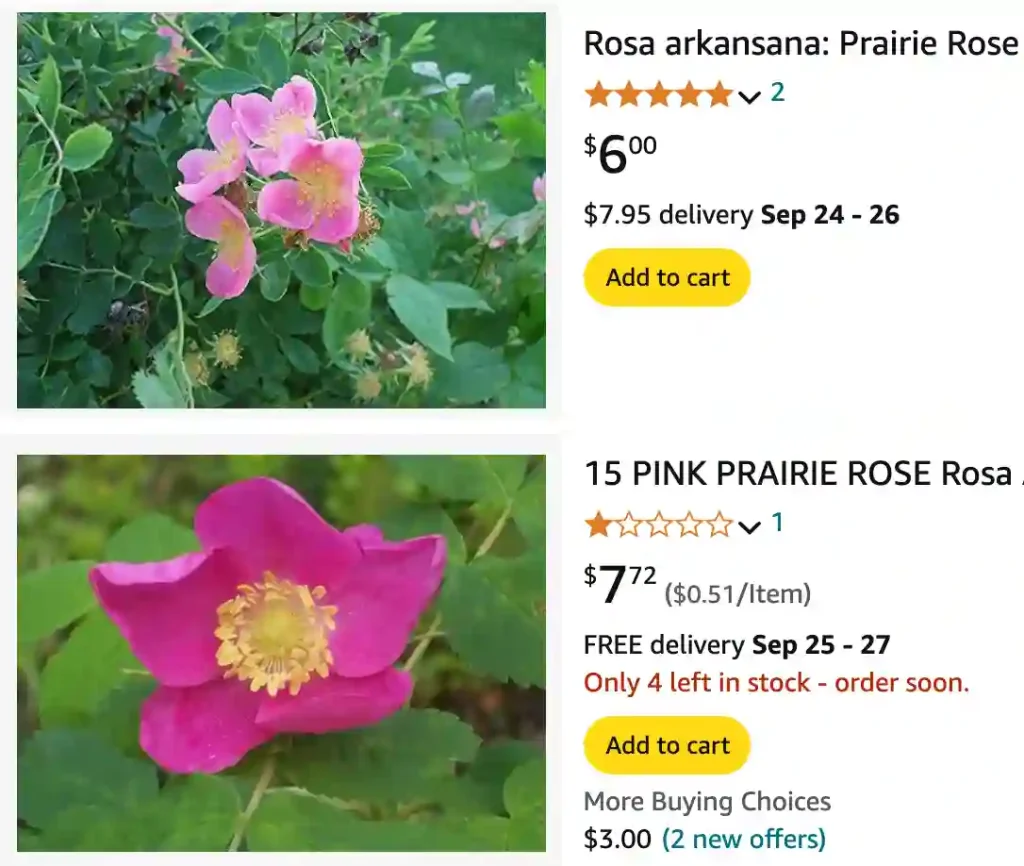
FAQs About Rosa Arkansana
As a gardening enthusiast, I’ve spent a lot of time learning about various plant species. Rosa Arkansana, also known as the Prairie Rose, has captured my interest recently. It’s a beautiful, hardy rose species native to the North American prairies. Here’s a comprehensive guide to some of the most frequently asked questions about Rosa Arkansana.
391 Species in Genus Rosa
What is Rosa Arkansana?
Rosa Arkansana, commonly known as the Prairie Rose, is a species of rose native to the prairies of North America. It’s renowned for its beautiful pink blooms and its ability to thrive in less-than-ideal soil conditions. This rose is well-adapted to prairie environments, which means it can handle a range of temperatures and soil types, making it a resilient choice for gardeners in suitable climates.
Does Rosa Arkansana Grow in Arizona?
You might be wondering if Rosa Arkansana is suitable for Arizona’s climate. The answer is that it can be a bit tricky. Rosa Arkansana is typically found in more temperate regions, particularly in the Midwest and parts of the Eastern United States. Arizona’s hot, dry climate can be challenging for this rose, which prefers cooler, more moderate conditions. However, with proper care and attention, it’s possible to grow Rosa Arkansana in Arizona, especially if you provide some shade and ample water to mimic its native environment.
How to Care for Rosa Arkansana?
Caring for Rosa Arkansana is relatively straightforward, but there are a few key points to keep in mind. It prefers full sun to partial shade and thrives in well-drained soil. Regular watering is important, especially during dry periods, but be cautious not to overwater as this can lead to root rot. Pruning should be done in late winter or early spring to encourage new growth and maintain its shape.
How to Propagate Rosa Arkansana?
Propagating Rosa Arkansana can be done through several methods, including seed, cuttings, or grafting. For seeds, start them indoors about 8-10 weeks before the last frost. Scarify the seeds to improve germination rates. For cuttings, take 4-6 inch cuttings from healthy plants and root them in a mixture of sand and peat moss. Grafting is another method, especially if you want to maintain specific characteristics of the parent plant.
What to Plant With Rosa Arkansana?
Rosa Arkansana pairs beautifully with other prairie plants, such as Black-eyed Susans, Coneflowers, and Prairie Grasses. These companion plants not only complement the rose aesthetically but also create a cohesive, low-maintenance garden environment. Additionally, planting it alongside herbs like Lavender or Echinacea can help deter pests and add a variety of textures and colors to your garden.
Can You Grow Rosa Arkansana Indoors?
Growing Rosa Arkansana indoors is quite challenging. This plant is adapted to outdoor environments where it can receive ample sunlight and fresh air. Indoor conditions often lack the necessary light and humidity levels for Rosa Arkansana to thrive. If you’re set on growing roses indoors, consider species more suited to indoor conditions, such as miniatures or climbing roses.
Is Rosa Arkansana Toxic?
Rosa Arkansana is not considered toxic to pets or humans. However, as with any plant, it’s best to keep an eye on pets and children to ensure they don’t consume plant parts in large quantities. Generally, roses are safe to have around, but it’s always wise to be cautious.
Benefits of Growing Rosa Arkansana
One of the main benefits of growing Rosa Arkansana is its resilience. This rose is hardy and can withstand a variety of soil conditions, making it a great choice for low-maintenance gardens. Its beautiful blooms attract pollinators like bees and butterflies, which can benefit the overall health of your garden. Additionally, Rosa Arkansana can help stabilize soil and reduce erosion due to its extensive root system.
Common Problems with Rosa Arkansana
While Rosa Arkansana is generally hardy, it can be susceptible to a few issues. Common problems include powdery mildew, aphid infestations, and black spot disease. To combat these issues, ensure proper air circulation around the plant, apply fungicides as needed, and regularly inspect for pests. Proper watering practices can also help prevent many of these problems.
Compare Rosa Arkansana with Other Similar Plants
When comparing Rosa Arkansana with other rose species, such as Rosa Rugosa or Rosa Multiflora, it’s clear that Rosa Arkansana stands out for its hardiness and adaptability. Rosa Rugosa, for example, is also known for its resilience but tends to have a more vigorous growth habit and is often used for hedging. Rosa Multiflora, on the other hand, is known for its dense clusters of small blooms and can be more invasive in some areas.
In summary, Rosa Arkansana is a fantastic choice for gardeners who appreciate its prairie heritage and adaptability. While it may require some adjustments to grow in more challenging climates like Arizona, its beauty and resilience make it a worthwhile addition to any garden. Whether you’re looking to enhance your garden’s aesthetic appeal or create a low-maintenance environment, Rosa Arkansana has a lot to offer.
If i die, water my plants!
